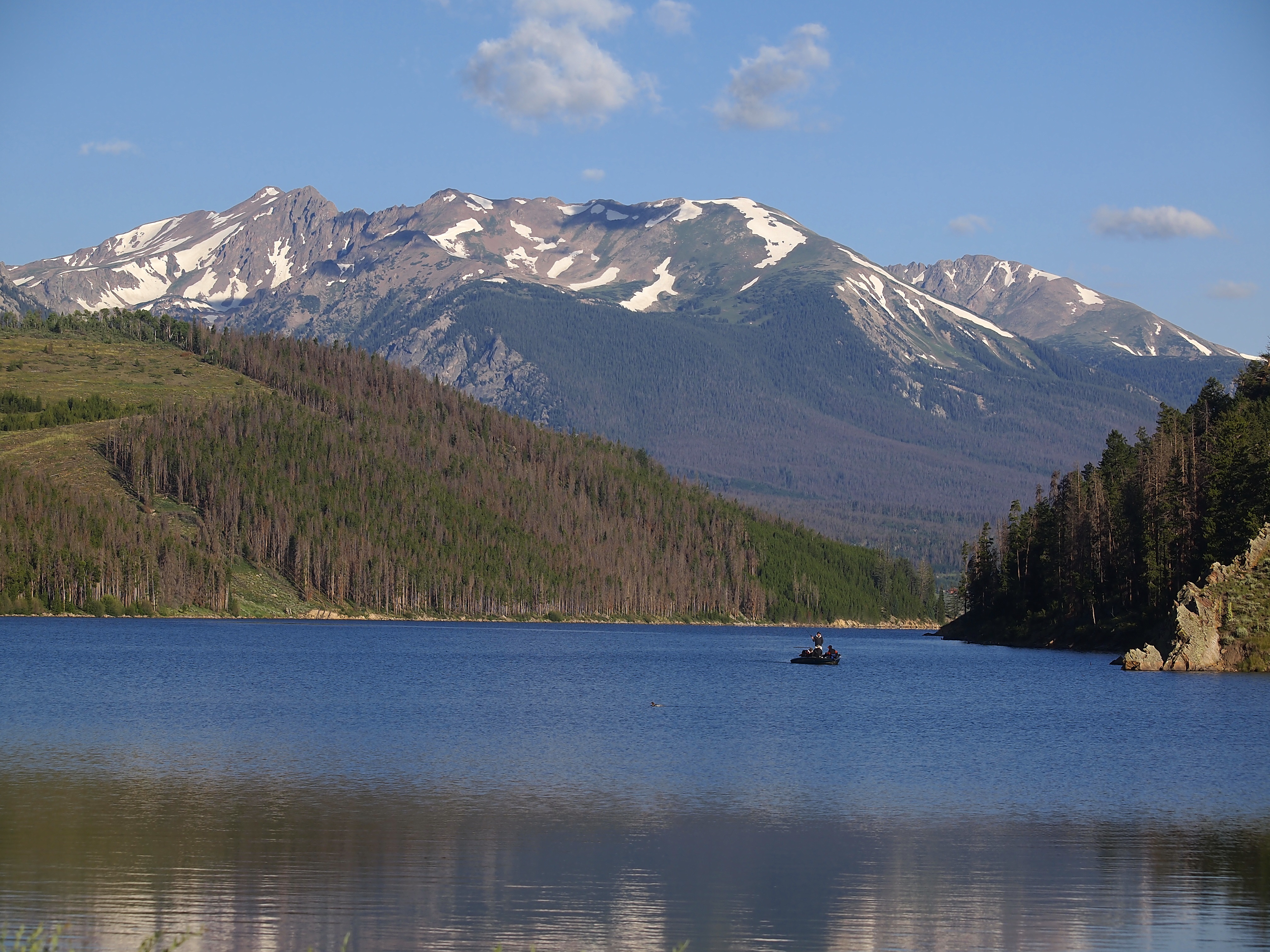
A look back at the 2018 water year
With 100 years of history under its belt, Denver Water has seen plenty of good years and bad in terms of snowpack and water supplies.
And with the 2018 water year ending as of Sept. 30, it’s a good time to look back at what happened and plan for the years ahead. In Colorado, the water year starts Oct. 1 and runs through Sept. 30, since that typically covers the full cycle of snow falling, melting, being collected and then used by our customers through peak irrigation season.
“We dealt with a number of challenges this year,” said Nathan Elder, manager of water supply at Denver Water. “But we came into the 2018 water year with good supply levels throughout our system from previous, wetter years, so we are not in a bad situation yet. We used more storage this year than an average year. But that’s what our system was built for.”
Overall, the 2018 water year was the 10th driest in terms of stream flows across Denver Water’s 4,000-square-mile collection system, according to Elder. The amount of water in the streams and flowing past measurement gauges was 63 percent of normal during 2018.
The driest year in Denver Water’s history books was 2002, when stream flows were only 31 percent of normal.
Also this year, the snowpack, the main source of Colorado’s water supply, was lopsided. More snow fell on the northern parts of the state, while drought conditions that started in February in the southwest corner of Colorado have expanded north and east during the last several months.
And with 90 percent of Denver Water’s storage system located in the drier areas, that’s a cause for concern. It’s one of the reasons Denver Water is planning to expand Gross Reservoir, which stores water collected from the northern side of our system.
When the Gross Reservoir Expansion Project — which is in the final stages of approval after 15 years of permitting — is done, Denver Water will have more flexibility throughout its system to react to year-to-year changes in snowpack levels, extreme weather swings and unbalanced conditions across the state.
Four main factors played big roles in the 2018 water year:
- La Nina conditions meant a relatively dry winter for many portions of the state as well as in the Denver metro area. And even in the areas across the state that did see snow, it was at the high-mountain elevations.
- This led to less runoff than expected. While snowpack levels in our watersheds were near normal at the end of spring, this didn’t translate into actual water in our reservoirs. Our water resource experts believe the runoff predictions overlooked the absence of low-elevation snowpack. Lack of low-elevation snowpack measurements force forecasters to estimate snowpack in these portions of the watersheds. This is why we pay such close attention to stream flows in the spring and not just the snowpack.
- We also saw temperatures well above normal in our watersheds during May. Night-time temperatures were 7.5 degrees above normal leading to an early snowmelt. (When night-time temperatures are high, the snow never refreezes, it just continues to melt.) The early runoff led to our reservoirs reaching their peak storage levels a month earlier than normal and subsequent high demands have led to us drawing down storage earlier than normal.
- On top of all that, May 15 through Sept 23 of this year turned out to be the second-hottest period in our service area for that time span since Denver Water started keeping records. This led to increased customer demand on water during the peak of irrigation season. We also saw significant decreases in precipitation during that time, both in our service area as well as in our watersheds.
Add up these factors, and you can see why our reservoir levels were at 80 percent as of Oct. 8, below the historic median of 87 percent for this time of year.
However, despite this summer’s historically hot temperatures, Denver Water’s customers still used at least 20 percent less water compared to similarly hot, dry stretches in past years. And the reductions come despite significant population growth. This is due in part to Denver Water’s standard annual summer watering rules in place since 2005.
“The good news is our customers understand what is happening and they are adjusting their water usage habits appropriately,” Elder said. “But we could certainly use Mother Nature’s help, too, with a cold, wet, snowy winter and spring.”
Denver Water is keeping a close eye on water supply levels, weather and precipitation this fall heading into winter, in order to make adjustments to system operations.



